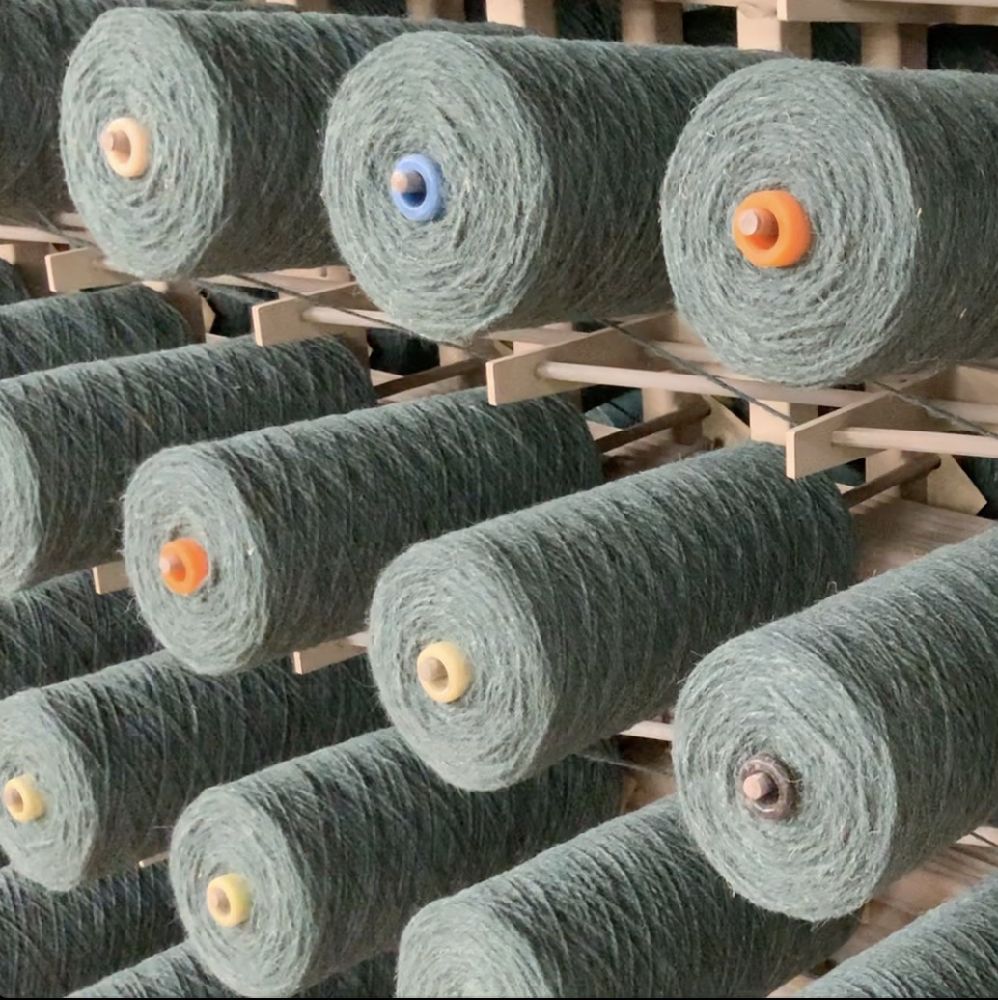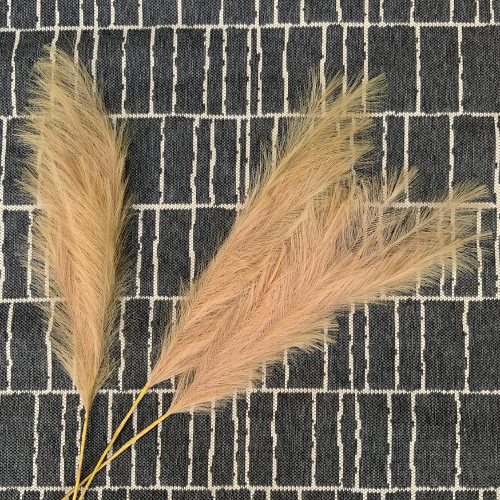.png)
Natural Fibres
.png)

Carpets can be made both from fibres that come from a natural source, and from man-made fibres.
Natural Fibres are fibres that are derived from a natural or living source. The most common natural fibre used in carpets is wool - which, of course is sheared from a sheep. But there are many different types of plants that can also be used to manufacture carpets. Below is a list of Natural fibres used in our carpets - and their source:
- Sisal, which comes from an Agave plant
- Jute, made from the soft fibres of the Cochorous plant
- Seagrass - which comes from a sea grass that is grown in low-lying underwater meadows
- Wool - most commonly from long-wool breeds such as Lincoln, Wensleydale, and Leicester.
It is important to remember a few things about Natural Fibres:
- Natural Fibres are Unique
Unlike syntehtic yarns, Natural Fibres do not have consistent length, thickness and colour. This gives the product it's wonderfully rich texture. But it also means that there will be natural variance in the weave structure and colour dilution. These are not considered material faults, but rather form part of the character of the product.
- Natural Fibres can be more Difficult to Clean
Natural Fibres are often porous - they can absorb moisture. This means that one has to pay extra care to maintenance. In general, when tidying up after a spill, it is best to use a dry powder that absorbs extra moisture.
For more detailed instructions, please refer to the individual products' cleaning instructions. Find out more about maintaining Natural Fibre Carpets here.
- Natural Fibres are a Sustainable Flooring option
The Natural Fibres in our carpets come from natural renewable sources. This means that the products have a low carbon footprint when they are made. It also means that after use, they decompose very quickly in comparison to synthetic options.
Shop Airloom's Natural Fibre Carpets here


Synthetic Fibres
Carpets made from synthetic fibres have one big advantage - they are a lot easier to clean than Natural Fibre Carpets. Besides being easier to clean, the yarn is also manufactured in a way that ensures the yarn is always uniform, meaning that it is a lot easier to make a carpet that is consistent in colour and structure.
The most common synthetic carpet yarns are:
- Polypropylene - the most cost effective and versatile synthetic yarn
- Nylon - stronger than polypropylene, Nylon yarn is often used in commercial products.
- Polyester - a softer yarn that holds dyes well.
All of these yarns have a petro-chemical origin.
Here are a few important things to remember with synthetic yarn products:
- Synthetic Fibres are Stain Resistant
Synthetic carpets have stain resistant properties. Synthetic yarns are not porous, so do not absorb moisture like a Natural Fibre yarn. Due largely to the way in which the yarn is manufactured, Syntehtic yarns are generally able to handle far more abrasive cleaning products, meaning that even last night's wine stain can be 'disappeared...'
- Synthetic Fibres are Consistent
As mentioned, Natural Fibres are unique; this gives Natural Fibre Carpets rich texture. As a result, synthetic carpets can appear a bit 'duller', less 'rich' than their natural counterparts.
- Synthetic Carpets are ideal for Allergy Sufferers
For a while, research indicated that allergy sufferers should use carpet. Lately, however, research is indicating that synthetic carpets are hypoallergenic and do not contribute to the spread of allergens. In fact the carpets tend to trap the 'nasties' better than harder floors and regular vaccuuming will remove the allergens before they become airborne again.
All our synthetic carpets are tested for VOC (Volatile Organic Compounds) emiisions and are low emitters of these compounds. Certification is available.
- Synthetics aren't from a Sustainable Source
Most synthetic yarns are derived from petro-chemicals. However, all of our Synthetic Carpets are low VOC emitters and all of the products come from factories that are regularly tested and certified in terms of ISO 14001 and other similar frameworks.
Airloom's All-weather Robust, Natura, Inside Out and Flip Flatweave ranges are manufactured with polypropylene. This is a strong and durable material which can be extruded in such a way that the colour is in the yarn - not just dyed on the outside of the yarn.
It is this factor combined with UV stabilisers that make this yarn-type ideal for outdoor use, as well as commercial use. It also means that these products can be cleaned with quite abrasive cleaning materials.
Shop Airloom's Synthetic All-weather Carpets here
 (2).png)

